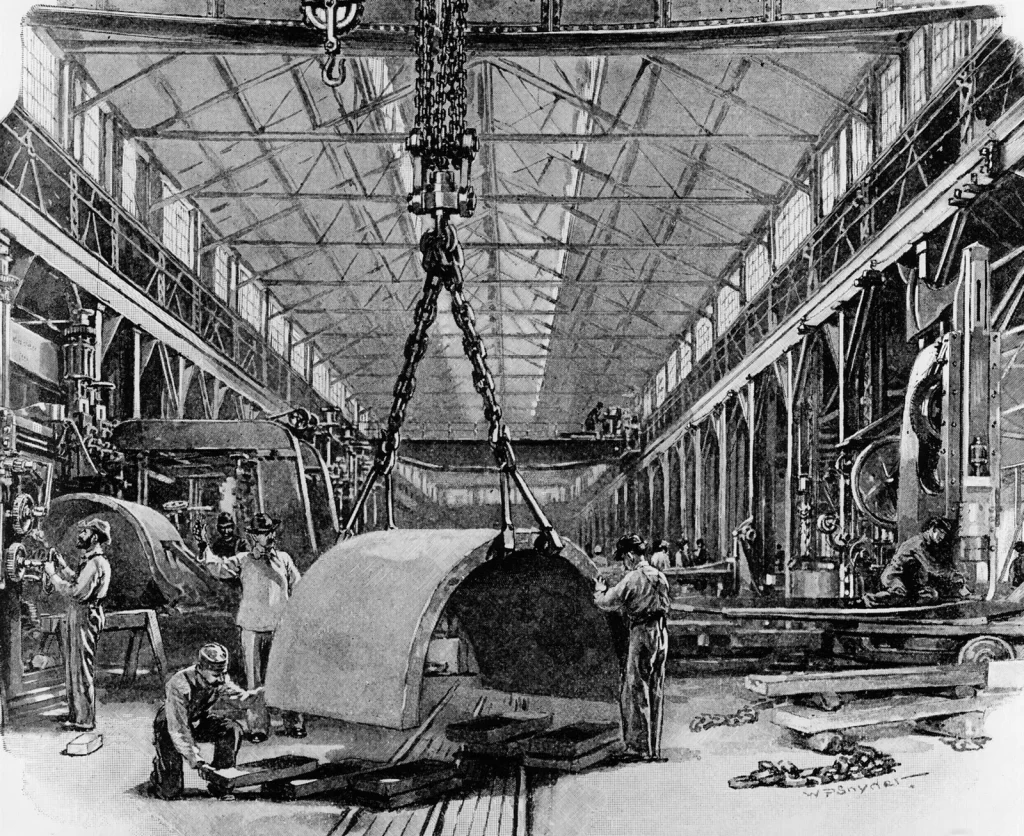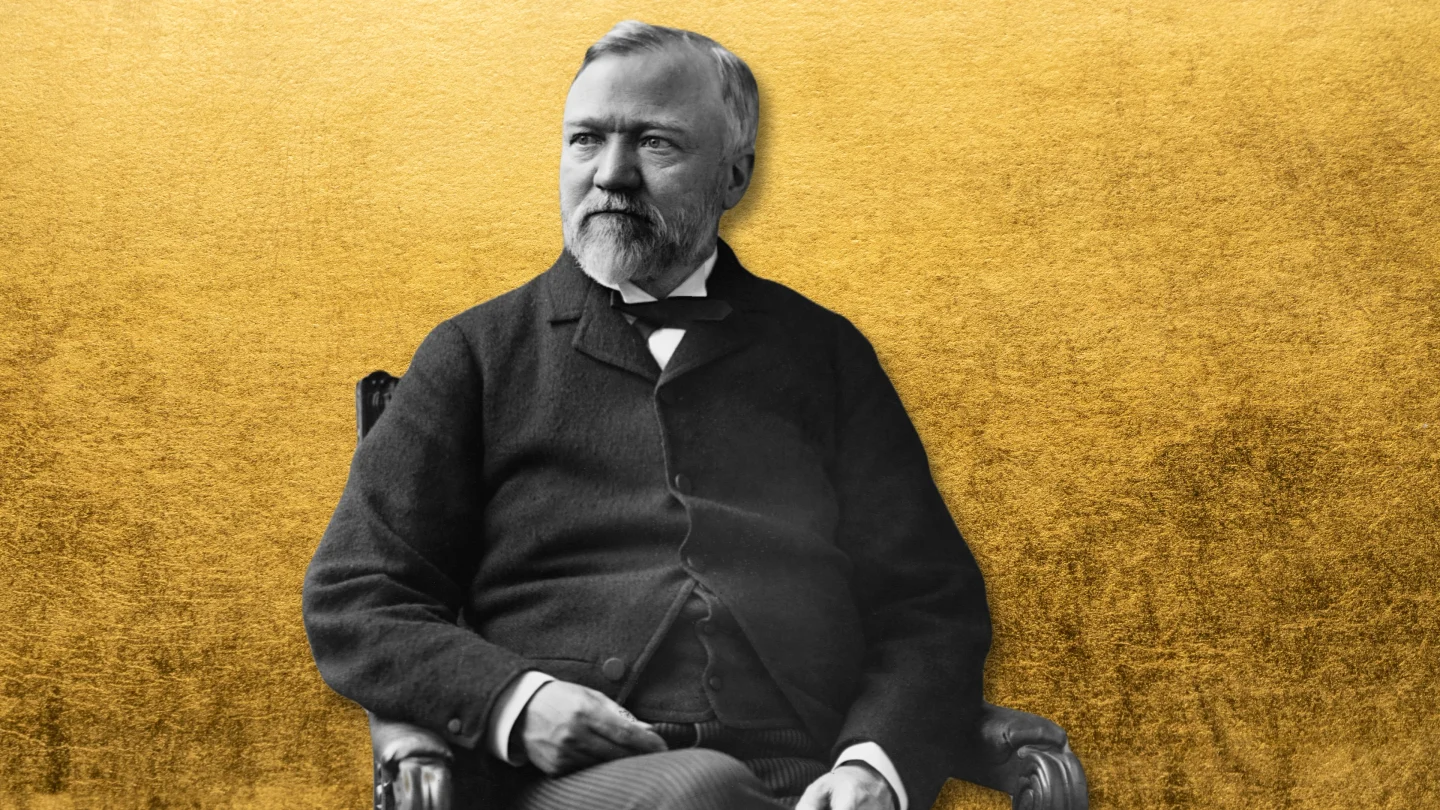The Legacy of Andrew Carnegie: Unveiling His Remarkable Journey and Enduring Impact
In the annals of history, certain individuals stand out as icons of success and philanthropy. Among them, Andrew Carnegie’s name shines brightly. From humble beginnings to becoming one of the wealthiest industrialists of his time, Carnegie’s story is one of determination, innovation, and a profound commitment to improving society. In this article, we delve into the life of Andrew Carnegie, exploring his rise to prominence, his contributions to the steel industry, and his lasting legacy as a renowned philanthropist.
Early Life and Entrepreneurial Spirit
Andrew Carnegie’s story began in 1835 in Dunfermline, Scotland. Born into a modest weaver’s family, his upbringing was marked by the hardships of the Industrial Revolution. Determined to escape poverty, Carnegie and his family migrated to the United States in search of a better life. It was in the bustling city of Pittsburgh that his entrepreneurial spirit took flight, as he embraced opportunities in the emerging steel industry.
The Steel Revolution and Carnegie’s Rise
During the late 19th century, the United States experienced a transformative era known as the Steel Revolution. Carnegie recognized the potential of this burgeoning industry and capitalized on it. He established the Carnegie Steel Company, employing innovative techniques and adopting the Bessemer process for steel production, which revolutionized the manufacturing landscape. Carnegie’s keen business acumen and relentless pursuit of efficiency propelled him to become the leading figure in the steel industry, earning him immense wealth and influence.

The Gospel of Wealth
As Andrew Carnegie amassed a vast fortune, he became deeply introspective about the role of wealth and its responsibility to society. In his seminal essay, “The Gospel of Wealth,” Carnegie argued that the rich have a duty to use their wealth to benefit society. He believed in the idea of philanthropy as a means of uplifting communities and promoting social progress. Carnegie’s philanthropic endeavors, rooted in his philosophy, would go on to shape the course of history.
Building Libraries and Education
One of Carnegie’s most notable contributions to society was his dedication to education. He believed that knowledge was the key to unlocking individual potential and societal advancement. Carnegie established over 2,500 public libraries worldwide, providing access to books and learning opportunities for countless individuals. These libraries became pillars of knowledge, fostering literacy and intellectual growth in communities far and wide.

Funding Higher Education
In addition to his commitment to public libraries, Carnegie directed his philanthropic efforts towards higher education. His endowments led to the establishment of prestigious institutions, including the Carnegie Institute of Technology (now Carnegie Mellon University) and the Carnegie Institute (now Carnegie Museums of Pittsburgh). These institutions continue to shape the fields of science, technology, and the arts, carrying forward Carnegie’s vision for a better society through education.
The Carnegie Legacy Lives On: Inspiring Future Generations to Build a Better World
As we reflect on Andrew Carnegie’s remarkable journey, his influence and contributions transcend the boundaries of time. From the steel mills of Pittsburgh to the libraries and educational institutions that bear his name, Carnegie’s legacy endures as a testament to the power of individual success combined with a deep sense of social responsibility. His story inspires us to envision a future where prosperity and philanthropy walk hand in hand, transforming lives and uplifting communities.









